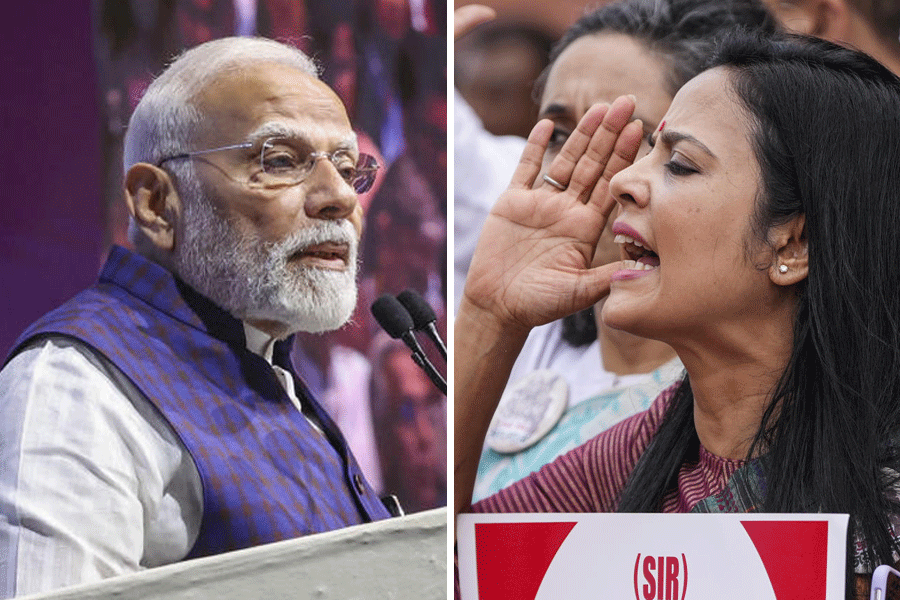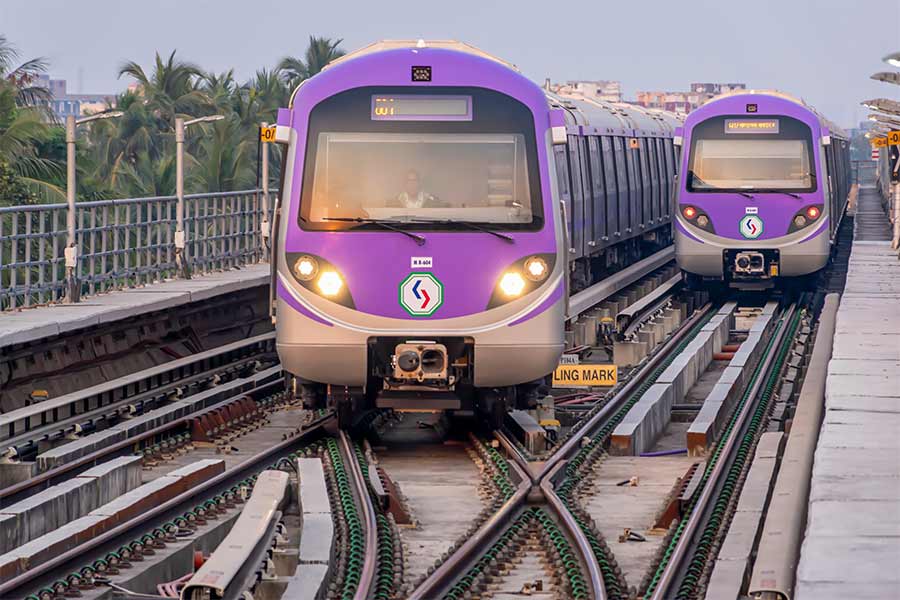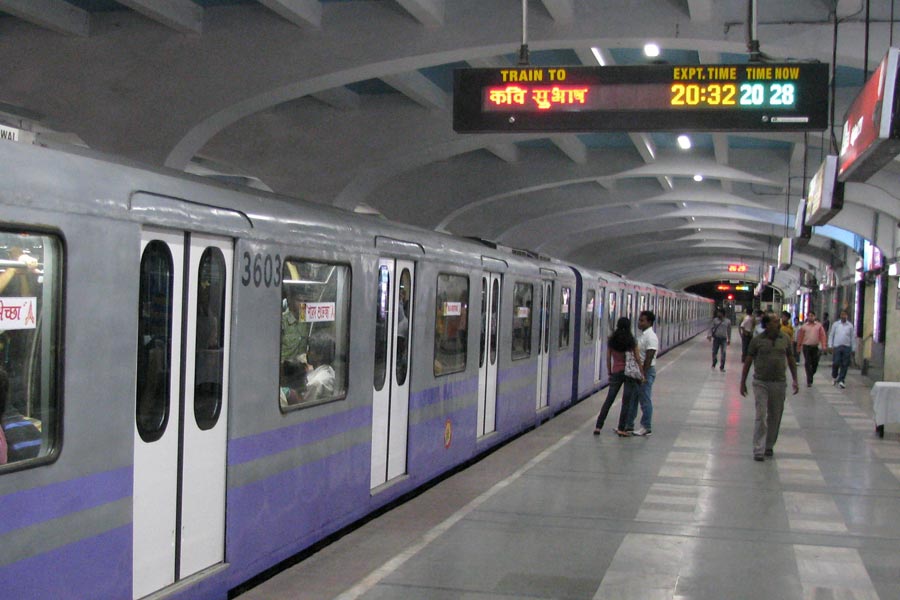
Guwahati, May 8: Assamese people, who were taken to Myanmar because of the Burmese invasions of Assam around 200 years ago, might have embraced local languages and culture of the neighbouring country but their descendants continue to hold on to their roots through their names.
This is one of the findings of three persons from Guwahati - surgeon Satyakam Phukan, physics teacher Tapan Kumar Sarma and businessman Binoy Kumar Sarma - documenting all Assamese-origin people spread across India and its neighbouring countries.
They found that Assamese people in Myanmar live mainly in Bhamo and Mandalay. They, known as Oitali in Myanmar, were taken to the country during three Burmese invasions - in 1817, 1819 and 1921.
"The Assamese people in Myanmar speak Burmese and dress like them. But their names are Assamese like Gopal, Sivachandra, Chandramoyi and Bhobani. They also have their Burmese names, as it is mandatory for the citizens of the country," said Tapan Kumar Sarma.
The over 20-day visit made in 2013 has been narrated in Sarma's recently released book, Manor Dexot.
The Burmese invaded Assam, defeated king Chandrakanta Singha and came face to face with the British, who till then had stayed away from interfering into the internal affairs of Assam. The British defeated the Burmese and signed the Treaty of Yandabo in 1826 bringing Assam under their direct control. The Burmese invasions were marked by unlimited brutality and known among people as Maanor Akromon.
History says the Assamese people who live in Bhamo and Megong in Myanmar were sent as assistants of Hemo Aideo, the Ahom princess who was married off to a Burmese king during the first invasion. During the second and third invasions, the Burmese took many Assamese people as war prisoners.
There is hardly any document or reference about these people in the state except one book, Patkair Xipare No Bosor (Nine years beyond the Patkai), written by Purnakanta Buragohain, who was able to meet them over 50 years ago. The book was the only guide for the trio.
"In Mandalay, Assamese people are living in congested urban areas that can be compared to Fancy Bazar in Guwahati. In Bhamu, they live in rural areas, on the outskirts of the town. Their economic condition is not good. Very few of them have government jobs and the rest earn their bread through petty jobs or small shops," Sarma said. "Many of them want to visit Assam to see the place from where their forefathers were taken long ago," said Sarma.
He said while preparing for the trip by digging historical documents they stumbled across another interesting fact - the Singhphoes who were recruited by the Burmese as mercenaries were more brutal in those invasions more than the Burmese armies.











